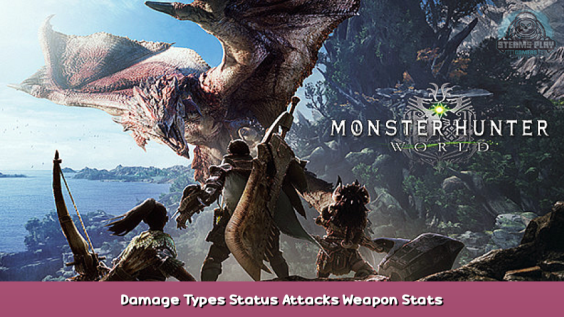
Understanding Motion Values, Hitzone Values, and more.
Damage Type
When attacks strike a monster, two types of damage are dealt: Physical (Raw) damage, and Elemental damage (but only if the weapon has an Elemental attribute).
Some weapons have an abnormal status attribute instead of an Elemental attribute. These weapons will Physical damage and apply Status damage.
Physical damage includes Severing-type damage, Blunt-type damage, and Projectile-type damage. Elemental damage includes Fire, Water, Thunder, Ice, and Dragon. There are also other sources of damage such as Fixed damage and Status damage. All damage types are dealt independent of each other.
Severing
Severing (sometimes known as Cutting) damage is the primary damage type for the following weapons:
- Great Sword
- Long Sword
- Sword and Shield
- Dual Blades
- Lance
- Gunlance
- Switch Axe
- Charge Blade
- Insect Glaive
The following attacks also deal Severing damage:
- Hunting Horn’s Handle Poke
- Bow’s Melee Attack deals Severing damage
- Some Kinsects deal Severing damage
- Slicing shot from Bowguns
Tails can only be cut by Severing damage. This happens when sufficient Severing damage has been accumulated on the tail, which then severs it.
Blunt
Blunt damage is the primary damage type for the following weapons:
- Hammer
- Hunting Horn
The following attacks also deal Blunt damage:
- Sword & Shield’s shield-oriented attacks
- Sword/Shield Combo
- Shield Attack
- Shield Bash
- Hard Bash
- Falling Bash
- Lance’s Shield Attack
- Kinsects with Blunt attribute
Blunt weapons deal Exhaust status when they hit a monster. If they hit a monster’s head, they deal Stun damage.
Projectile
Projectile damage is the primary damage type for the following weapons:
- Light Bowgun
- Heavy Bowgun
- Bow
Gunlance’s Shelling attacks deal Fixed damage instead of Projectile damage.
Elemental
Elemental Attributes:
- Fire
- Water
- Thunder
- Ice
- Dragon
Blademaster weapons can have an Elemental attribute, a Status attribute, or neither. Some Dual Blades have two Elemental/Status attributes, one for each blade.
The Bow may have an Elemental attribute. The Bowguns do not have natural Elemental attributes, but they can load Elemental shots that effectively functions as dealing Elemental damage when it hits a monster.
Elemental damage is mainly affected by the weapon’s Elemental value and the monster’s Elemental Hitzone. Abnormal Status damage is not affected by the monster’s Physical or Elemental Hitzone values. Blademaster weapons have a 1-in-3 chance per hit to apply Abnormal Status damage, while Gunner weapons always apply Abnormal Status damage.
If a monster has no weakness to a specific element on their Hitzone, then no Elemental damage is dealt. The Physical damage done by the weapon is not affected, as Elemental and Physical damage are calculated separately.
Abnormal Status Attacks
Abnormal Status attributes:
- Poison
- Paralysis
- Sleep
- Blast
Blademaster weapons can have an Abnormal Status attribute instead of an Elemental attribute. Bows cannot have a natural Status attribute, but may equip Status Coatings to make fired arrows apply Status damage. Equipping Status Coatings will disable the Bow’s Elemental attribute temporarily. The Bowguns do not have natural Abnormal Status attributes, but can load Status shots that apply Abnormal Status damage.
For Blademaster weapons, each time an attack lands, the attack has a 1-in-3 chance of applying Abnormal Status damage. For Gunner weapons, a successful hit will always apply Abnormal Status damage.
Applying Abnormal Status damage to a monster does not instantly activate it’s effect. Instead, monsters have an innate tolerance to Status Ailments. To trigger a Status Ailment, enough Status damage must be dealt to a monster to overcome its tolerance threshold. Once a monster is affilicted with the Ailment, the accumulated Status damage is reset to 0 and additional Status damage cannot be dealt until the monster recovers. The only exception to this is Poison.
After the monster recovers, its tolerance threshold for the Ailment increases. This means it takes more Status damage must be accumulated before being able to inflict the monster with the same Ailment.
For all Ailments (except Blast), the accumulated Status damage disappears gradually due to the monster’s tolerances. Overcoming this gradual decay is necessary to successfully trigger a Status Ailment on a monster.
Factors for Damage Calculation
The following factors influence damage calculations:
BM = Blademaster
Attack Value
The Attack value of the Hunter is calculated from the Hunter’s equipped weapon, offensive boosts (e.g. being in DB’s Archdemon Mode or having a HH attack buff), equipped skills, items, and Food skills. When damage is calculated, only True values are used, and the Displayed Attack value is adjusted down by the Display Multiplier.
Display Multiplier
The attack value displayed in a Hunter’s status screen is actually an inflated value that helps indicate the average damage per Be hit the weapon can deal.
In reality, all weapons have a true value (commonly referred to as “True Raw” and “True Element) and a displayed value (“Display Raw” and “Display Element”). The displayed value is calculated by taking the weapon’s true values and multiplying it by a specific Display Multiplier. For example, if the Bow has a true raw of 100, and a display multiplier of 1.2, then its display raw (the value in the status screen) is 120.
All weapons of the same type share the same display multiplier. In general, slower weapons have a larger display multiplier, and thus show higher display raw/element values in the status screen, while faster weapons have a smaller display multiplier.
Changes in Attack
Effects in the same group do not stack
Motion Values
All weapon attacks have a Motion Value (MV), which determines what proportion of the Attack value is used in damage calculations. For example, a weaker move with 40 MV uses applies 40% of the Attack Value in calculating damage, while a stronger move with 80 MV applies 80% of the Attack Value in calculating damage.
In general, slow weapons make up for their slower attacks with larger MVs, and fast weapons make up for their faster attacks with smaller MVs.
MHWorld Motion Values compiled: https://www.reddit.com/r/MonsterHunter/comments/7v0pp3/mhworld_motion_values_compiled/ – [reddit.com]
Sharpness
Sharpness describes how sharp a weapon is. Sharper weapons deal more damage and are less likely to bounce when hitting tough body parts.
Weapon Sharpness is split into discrete colors (see below). Different colors provide different multipliers to the damage dealt by the player.
In addition to lower damage, weaker Sharpness colors causes some weapons to lose functionality. For example, at Orange Sharpness, the Gunlance’s shells will deal less damage, the Switch Axe may bounce while in Sword mode, and the Dual Blades will not complete its full Blade Dance animation. At Red Sharpness, the Gunlance cannot shell.
Sharpness Gauge and Consumption
Each weapon can only make a specific amount of hits in a specific sharpness color before it dulls and and the sharpness color is lowered. Sharpness is consumed when a player lands an attack, but some shield attacks from the SnS and Lance do not deplete Sharpness.
Although most attacks deplete Sharpness by one per hit, some weapons have attacks that deplete Sharpness faster:
Weapon Adjustment
Certain attacks have inherent damage bonuses:
Sharpness Adjustment
Some moves modify Sharpness, which affects both damage output and the liklihood to bounce.
Critical Hits and Feeble Hits
When an attack makes a Critical Hit, additional damage is dealt. When an attack makes a Feeble Hit, damage is reduced.
The below table briefly illustrates the interaction between Affinity and the probability of making a Critical or Feeble Hit:
Monster Hitzone Values
Monsters are comprised of different body parts, and each part has has different weaknesses to Physical damage and Elemental damage. The Physical weakness of a Hitzone does not affect it’s Elemental weakness, and vice versa. If a Hitzone is not weak to a specific Element (i.e. a Hitzone value of 0), then no Elemental damage is dealt, but Physical damage is not impacted.
The higher the Hitzone value, the weaker it is. For example, if a monster’s head has Hitzone values of 20/50/40 (corresponding to the Severing, Blunt, and Projectile damage types respectively), then Severing-type attacks deal 20% of its damage, Blunt-type attacks deal 50% of its damage, and Projectile-type attacks deal 40% of its damage.
A Hitzone is generally considered vulnerable when its Physical Hitzone value is 45 or higher or when its Elemental Hitzone value is 20 or higher.
I think many people have checked Monster Field Guide after they unlocked the monster to check what their weak points are and to what elements they are weak to. However, this is just part of the story which may not be telling all of the truth. In this guide I will try to break down what you should be caring about and how to maximize your damage during hunts.
Hit zone values show the true weak points of the monster. When I learned about them I changed my hunting tactics a bit. I now try to concentrate on those parts which have the highest hitzones.
In this tutorial let us take a look at Ruiner Nergigante as an example (Loots and Rewards inluded):
Sorry, my Ruiner Nergigante here is modded.
Extra:
Elemental Value
Projectile Adjustment
Critical Distance
For Gunner Weapons, Critical Distance (or Critical Range) refers to the distance at which a fired shot deals maximal damage. If the player is in Critical Distance, the aiming reticle will look like this:
Generally, being too close or too far away from the target will put the player outside of Critical Distance. Being too close or too far (i.e. outside of Critical Distance) will reduce the damage done by player Projectiles.
Critical Distance does not affect Affinity or Critical Hits.
Rapid Fire Adjustment
The Light Bowgun is capable of Rapid Fire, where the LBG shoots multiple shots in a single burst at the cost of 1 ammo. Each individual shot fired from Rapid Fire is weaker than a single shot of the same ammo type, but if most Rapid Fire shots land, their combined damage will exceed the damage done by firing just a single shot.
Fixed Damage
Fixed damage is dealt directly to the monster and does not have a damage calculation. This means that Fixed damage attacks are not mitigated by the monster’s Hitzone values or affected by the player’s Attack value.
Some sources of Fixed damage, such as Gunlance shelling and Wyvern Fire, and Bowgun Sticky shot and Crag shot, also deal additional Fire damage. This additional Fire damage will be impacted by damage calculations.
Hope you enjoy the post for Monster Hunter: World Damage Types + Status Attacks + Weapon Stats, If you think we should update the post or something is wrong please let us know via comment and we will fix it how fast as possible! Thank you and have a great day!
- Check All Monster Hunter: World Posts List


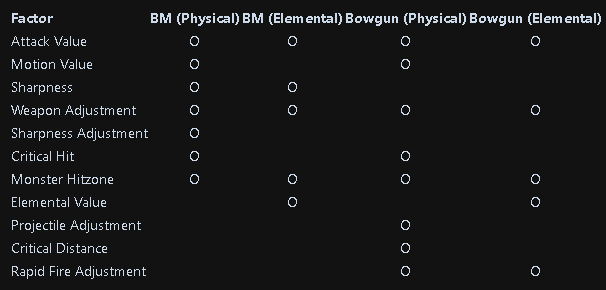
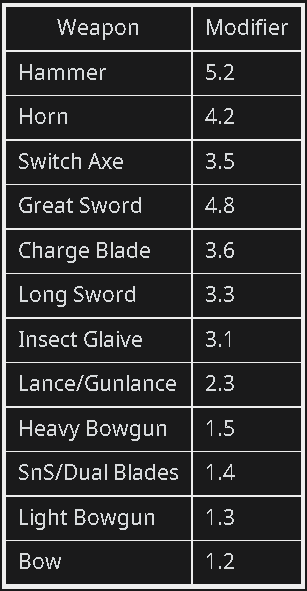
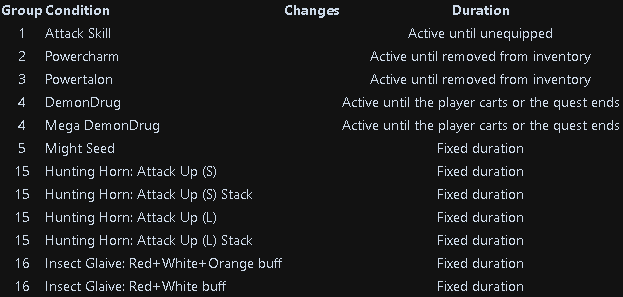
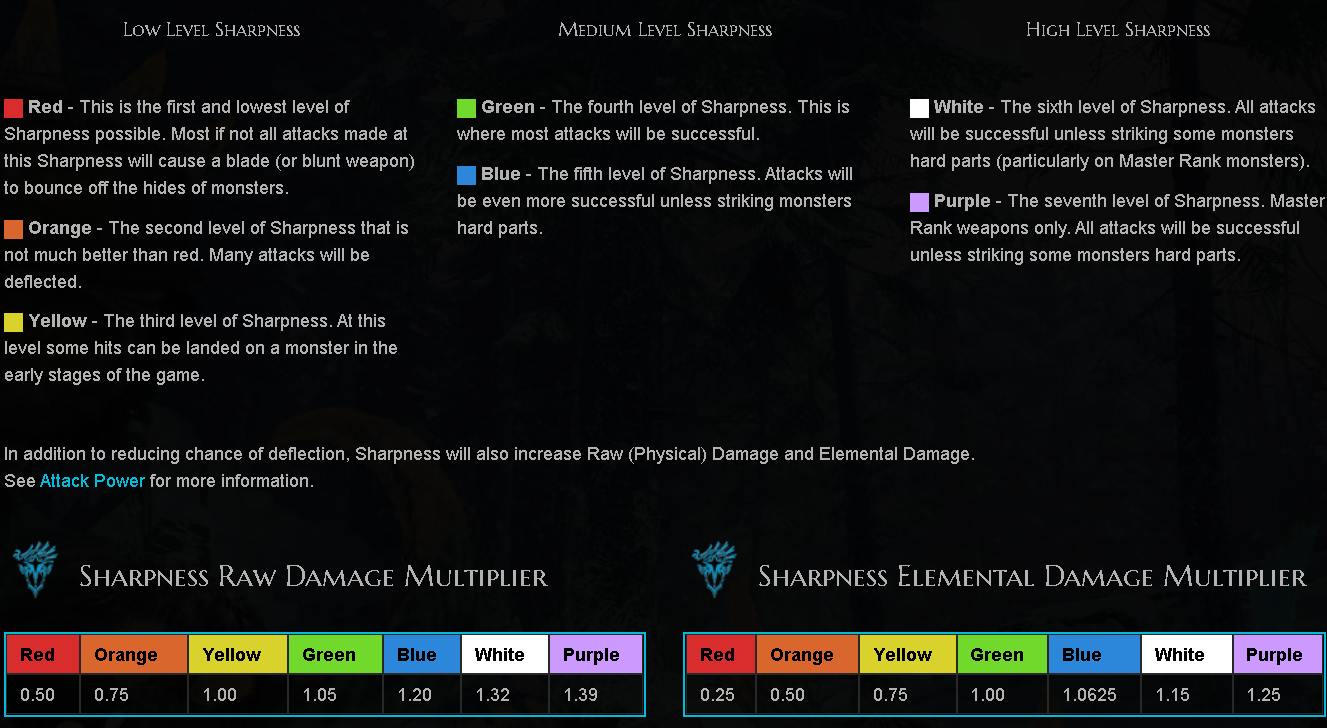
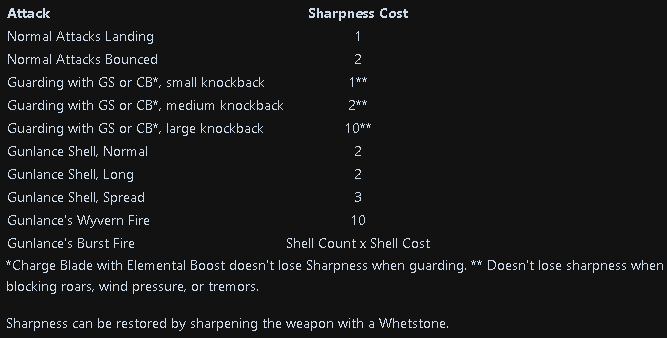
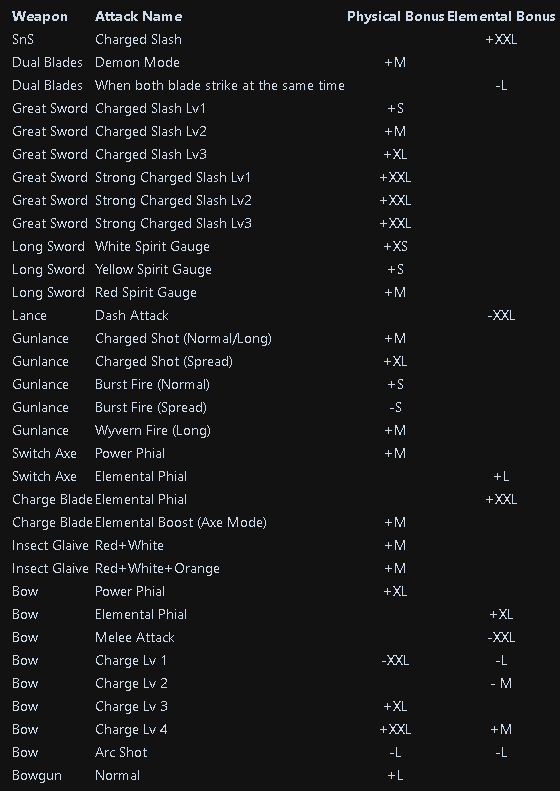
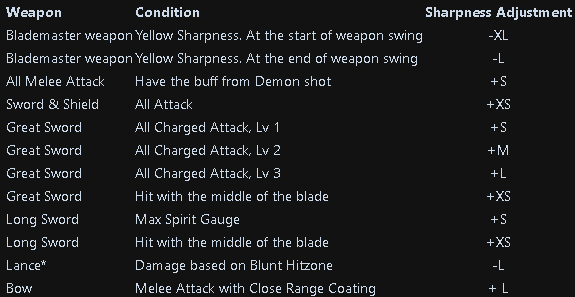

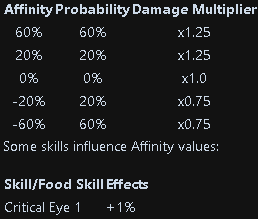
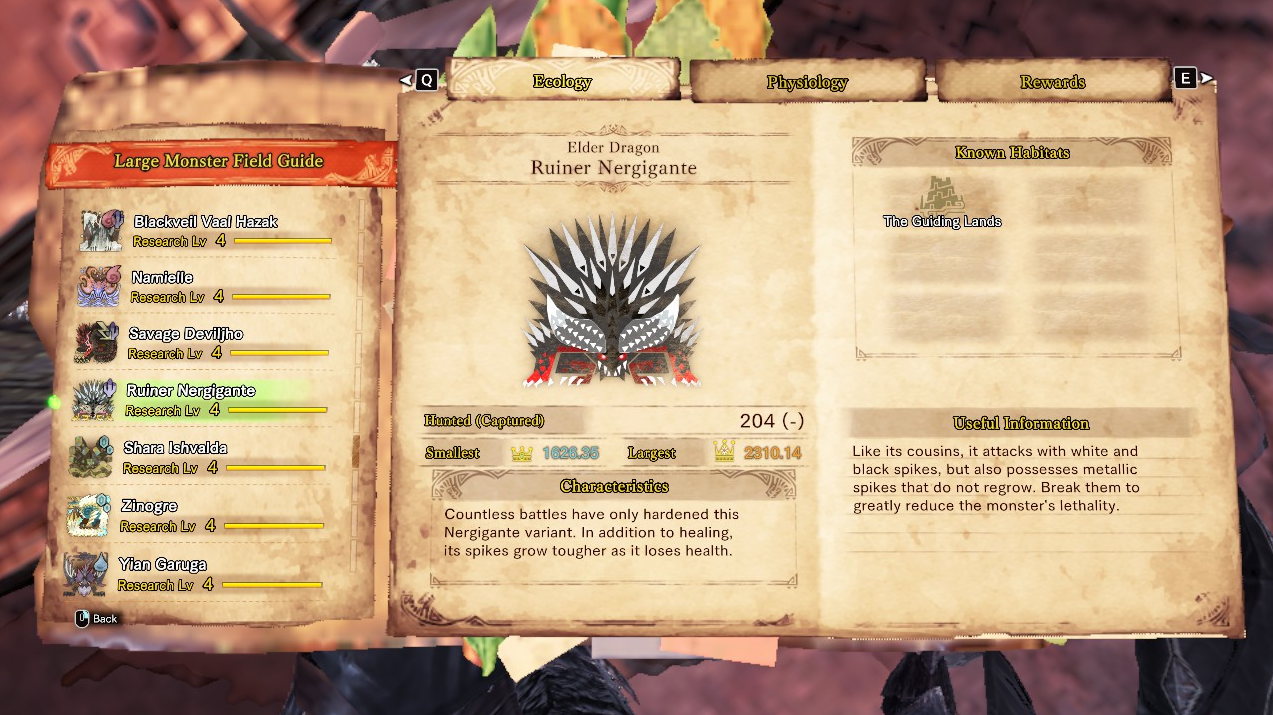
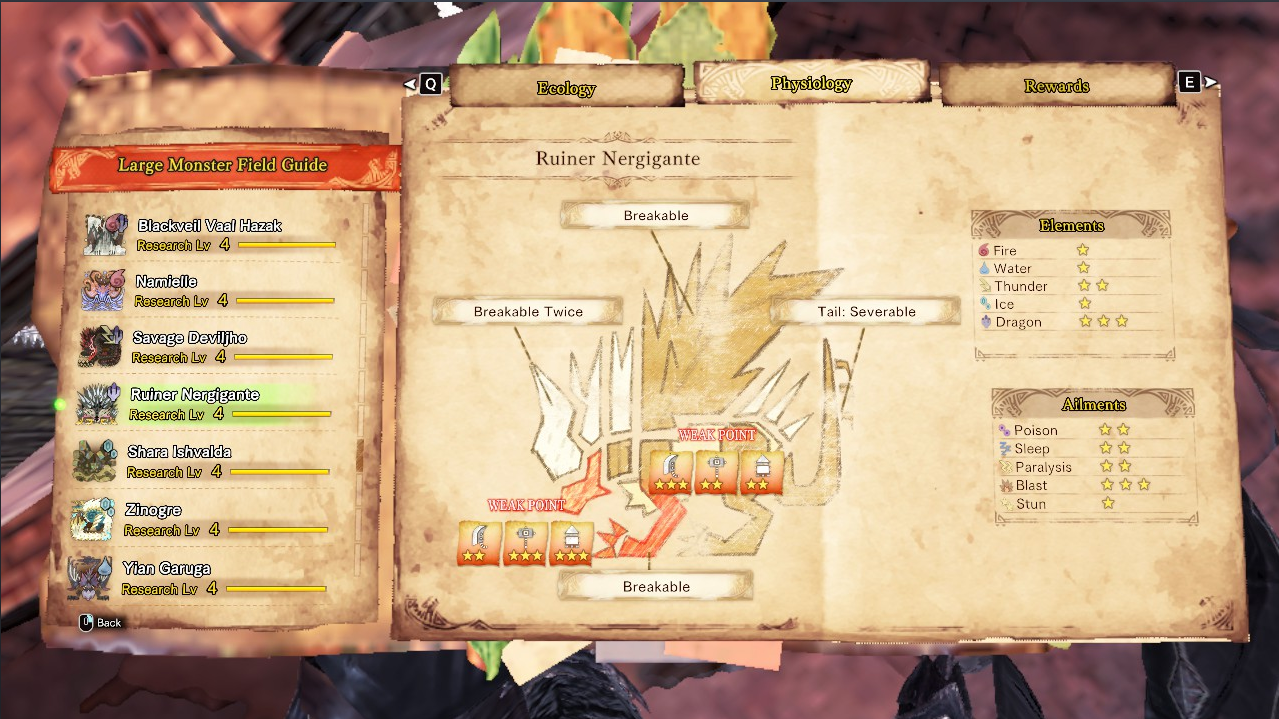
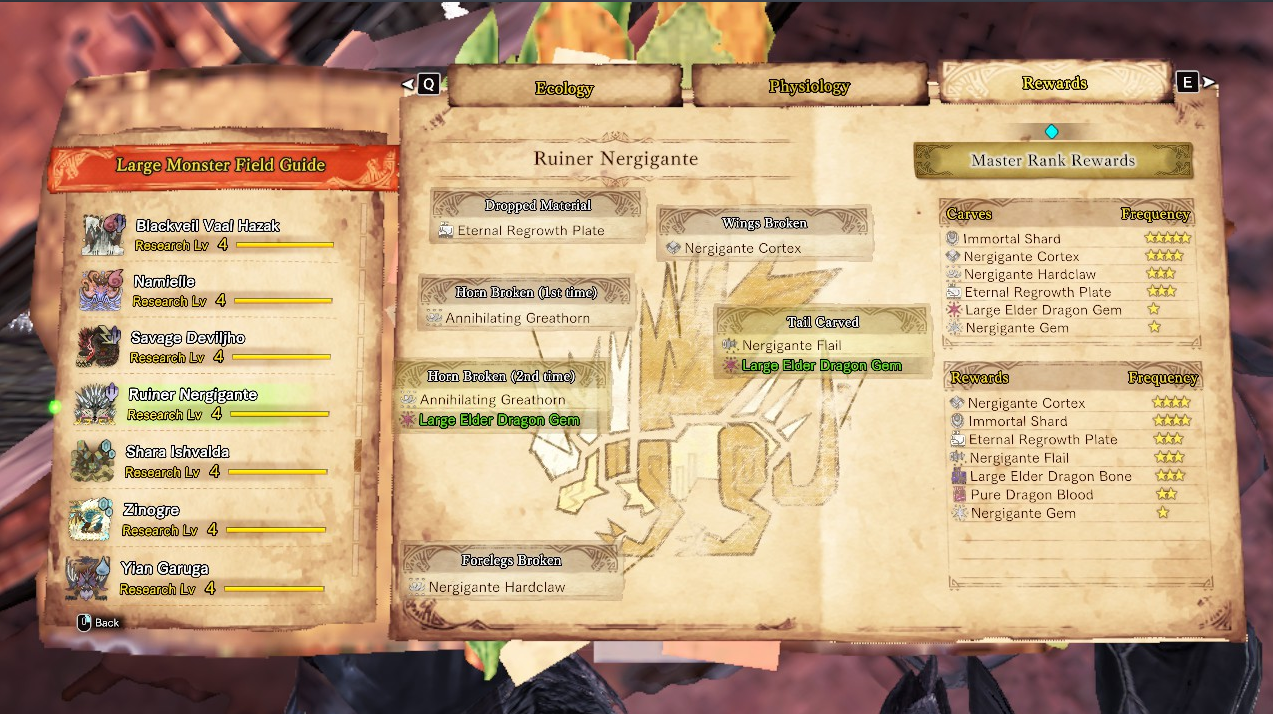
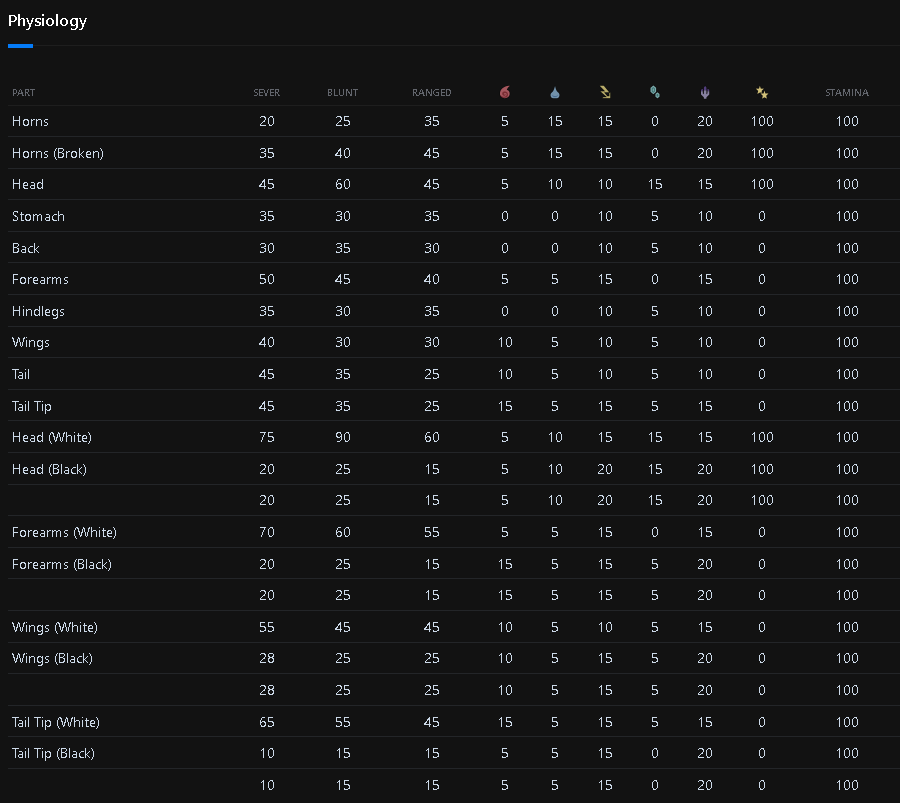
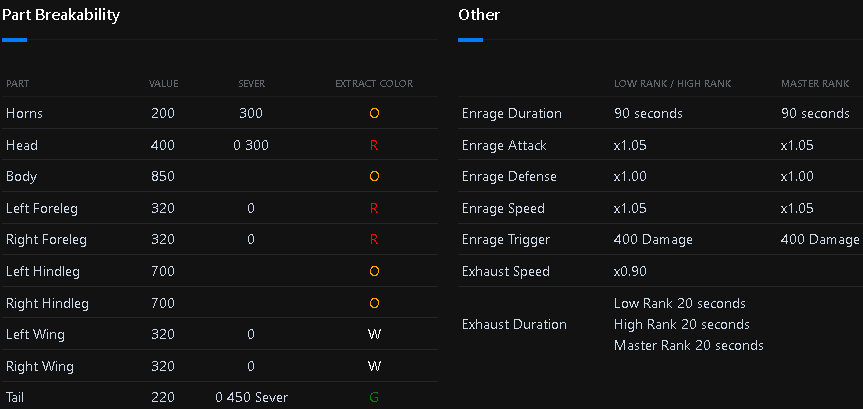
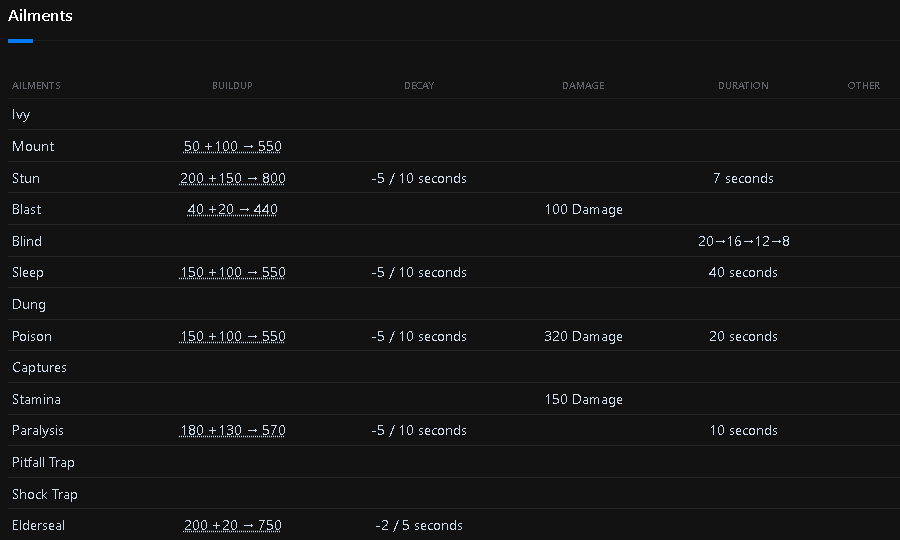
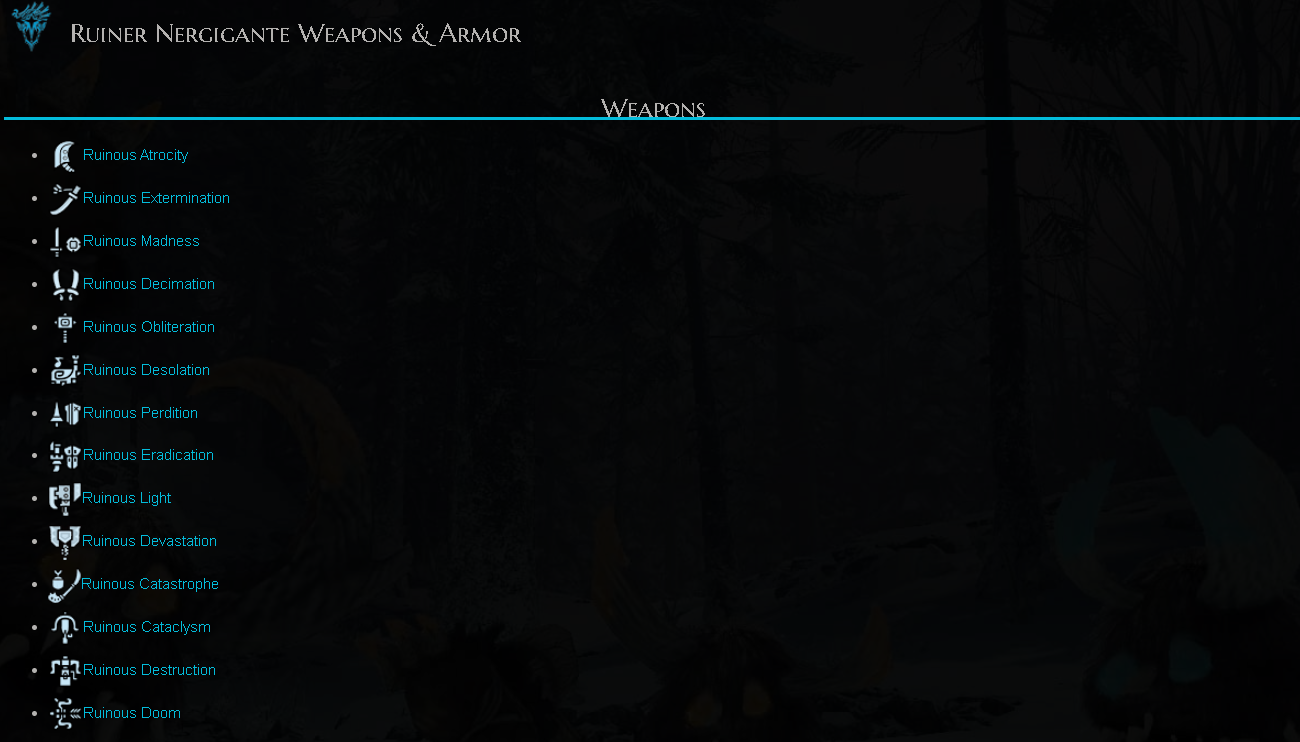

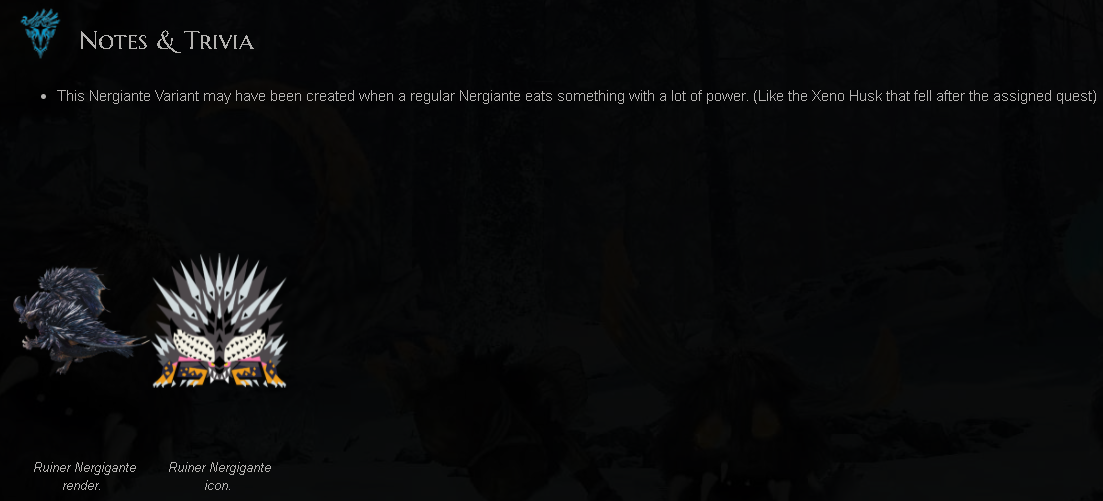
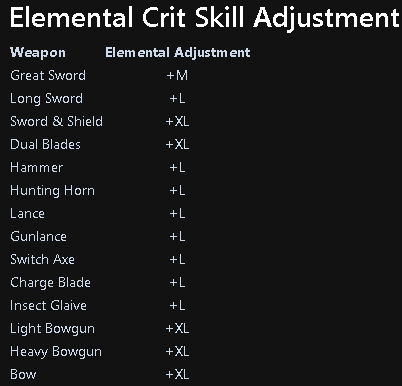
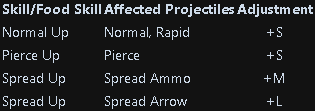
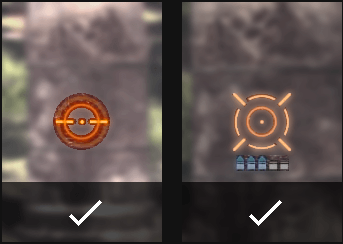
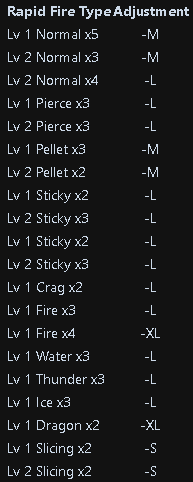
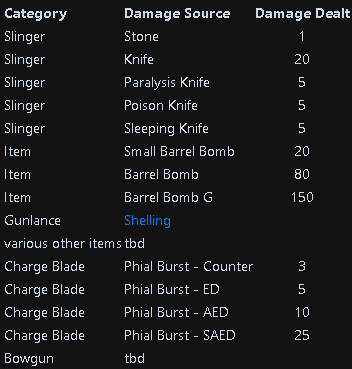
Leave a Reply